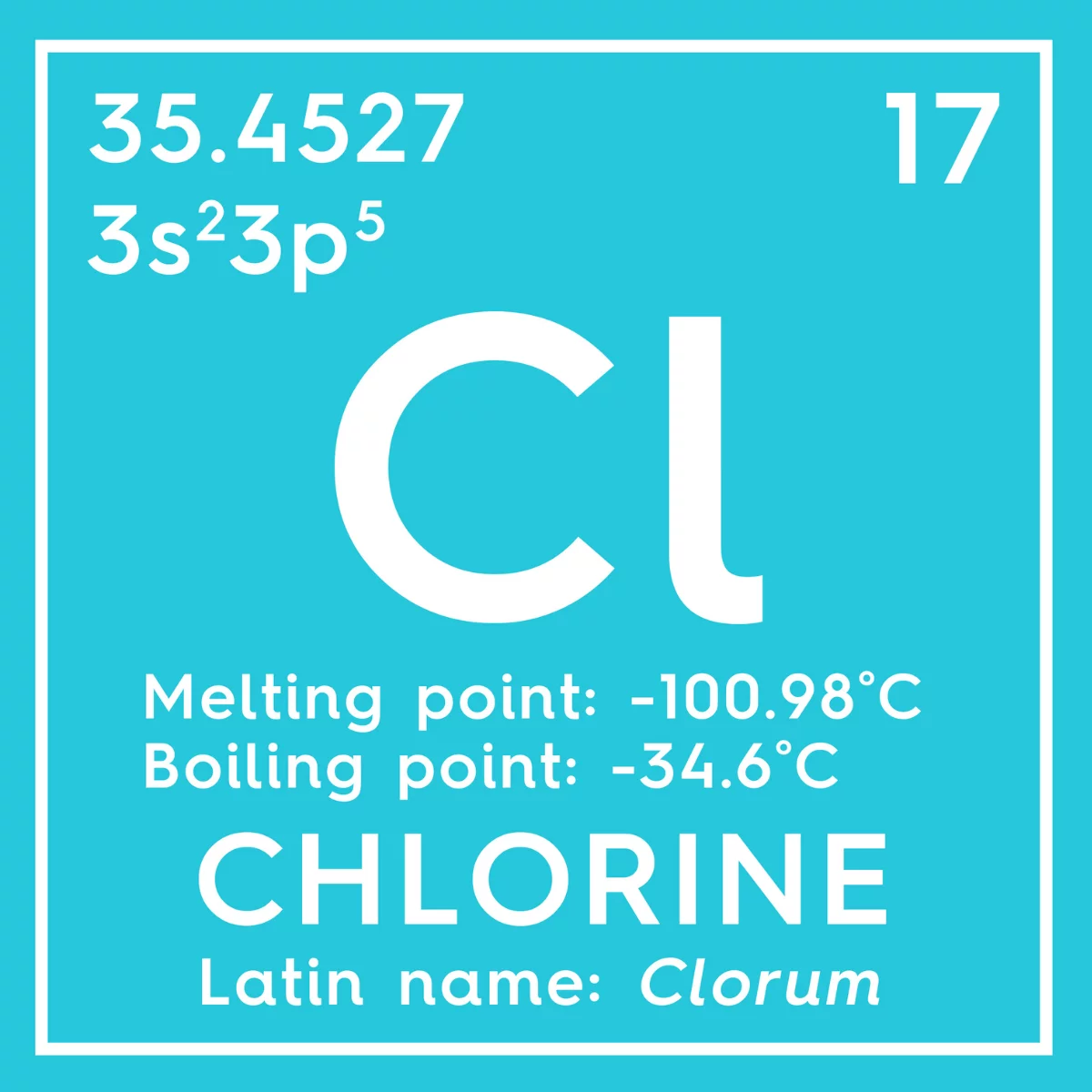
Chlorinated solvents are defined as compounds which derive from aliphatic or cyclic hydrocarbons and which contain one or more chlorine atoms instead of hydrogen ones.
For metal cleaning applications trichlorethylene and perchlorethylene are widely used ..
> take a look at our tips on how to use perchlorethylene safely
Chlorinated solvents have been used for many decades as cleaning solvents in metal cleaning. Compared to other cleaning solutions chlorinated solvents are highly efficient in removing the most stubborn dirt.
The company that chooses chlorinated solvent washing systems benefits from their:
Let’s analyze each of the listed features and properties.
The versatility of chlorinated solvents is measured in terms of the type of materials that can be treated ,the residue to be treated and the level of complexity of the component structure.
Among the treatable materials we have copper, iron and aluminum and all those characterized by a consistent level of porosity; on the basis of the geometry, good results are obtained in the presence of very small blind and small holes.
Quality in cleaning and non-flammability
The high cleaning power of chlorinated solvents is the result of the combination of the following characteristics:
The high chemical stability with respect to humidity and contamination and the evaporation properties favor rapid drying of the surfaces of the metal components treated, in particular those characterized by a high level of porosity and therefore more prone to retain moisture.
Having no flash points, chlorinated solvents are the ideal solution for metal cleaning systems that work under vacuum; the facilitated distillation allows to effectively support all systems intended for the treatment of particularly dirty components.
The total absence of residues and the completely dry components make the pieces ready for any subsequent treatments.
The hermetic circuit solvent washing systems that use chlorinated products fully meet the safety and environmental requirements.
Through a simple distillation process it is possible to clean and recover the solvent, significantly by reducing the quantity consumed.
The cleaning machines proposed by FIRBIMATIC are fitted with a distillation system (with double or single still) which allows all storage, filling, transfer, handling and maintenance operations to be carried out in complete safety.
One part of the system delivers clean solvent while the other receives the used one and, obviously, dirty.
Within this closed system, the solvent is filtered and made reusable without producing emissions.
>> read the news to learn about the recycling potential of solvents compared to aqueous detergents
The possibility of recycling the solvent through an integrated cycle results in a significant reduction in management and investment costs.
The reduction in costs is linked to lower energy consumption: for example, an average of 13kW / H is required to distill 100 liters of solvent per hour.
Considering the properties mentioned above the use of chlorinated solvents:
We and selected third parties use cookies or similar technologies for technical purposes and, with your consent,
also for other purposes as specified in the .
If you close this banner with a tick or click on "Decline", only technical cookies will be used. If you want to select the
cookies to be installed, click on 'Customise'. If you prefer, you can consent to the use of all cookies, including
cookies other than technical cookies, by clicking on "Accept all". You can change your choice at any time.